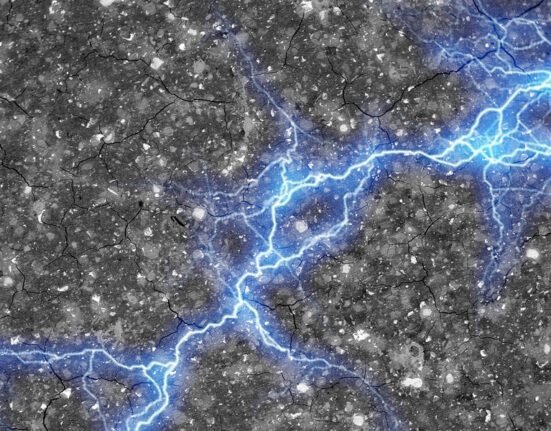HQ Team
November 22, 2022: Building a renewable energy infrastructure will result in severe carbon emissions, and a transition from fossil fuels to green energy must be quick to achieve climate goals, according to US researchers.
Constructing wind turbines, solar panels, and other new infrastructure consumes fossil fuel. The emissions can be reduced if renewable energy is used early to make clean energy components.
At the current pace of renewable infrastructure production — predicted to lead to 2.7 degrees C warming by the end of the century — the researchers estimate these activities will produce 185 billion tons of carbon dioxide by 2100.
According to researchers at Columbia Climate School, the CO2 produced by the activities is equivalent to five or six years of current global emissions.
Suppose the global nations build the same infrastructure fast enough to limit warming to two degrees. In that case, the current international agreement aims to come under this—those emissions would be halved to 95 billion tons.
On the ambitious side of limiting warming to 1.5 degrees, the cost would be only 20 billion tons by 2100—just six months or so of global emissions.
First time
For the first time, the study estimates that the cost of a green transition is not measured in dollars but in greenhouse gases.
It looked only at CO2 emissions, which currently cause about 60% of global warming and not other greenhouse gases, including methane and nitrous oxide.
“The message is that it is going to take energy to rebuild the global energy system, and we need to account for that,” said author Corey Lesk, a researcher at the Lamont-Doherty Earth Observatory.
“Any way you do it, it’s not negligible. But the more you can initially bring on renewables, the more you can power the transition with renewables.”
The researchers calculated the possible emissions produced by energy use in mining, manufacturing, transport, construction and other activities needed to create massive farms of solar panels and wind turbines.
$3.5 trillion
Earlier research had projected the cost of new energy infrastructure in dollars — $3.5 trillion annually until 2050 to reach net-zero emissions. For the US alone, it could touch $14 trillion for the United States during the same period.
The estimates reached by the researchers are pretty low.
They do not account for materials and construction needed for new electric-transmission lines nor batteries for storage—both high-energy and resource-intensive products.
The study did not include the cost of replacing gas and diesel-powered vehicles with electric ones or making existing buildings more energy efficient.
“Other effects of the move to renewables are hard to quantify but could be substantial,” according to the study.
Copper, nickel
“All this new high-tech hardware will require not just massive amounts of base metals including copper, iron and nickel, but previously lesser-used rare elements such as lithium, cobalt, yttrium and neodymium.”
Those commodities would probably come from fragile environments, including the deep sea, African rain forests and fast-melting Greenland.
Solar panels and wind turbines would directly consume large stretches of land, with attendant potential effects on ecosystems and people living there.
“We’re laying out the bottom bound,” said Lesk of the study’s estimates. “The upper bound could be much higher.”
If the current subsidies for fossil fuel production are extended to renewables, the transition can happen in the next few decades, Lesk said.







